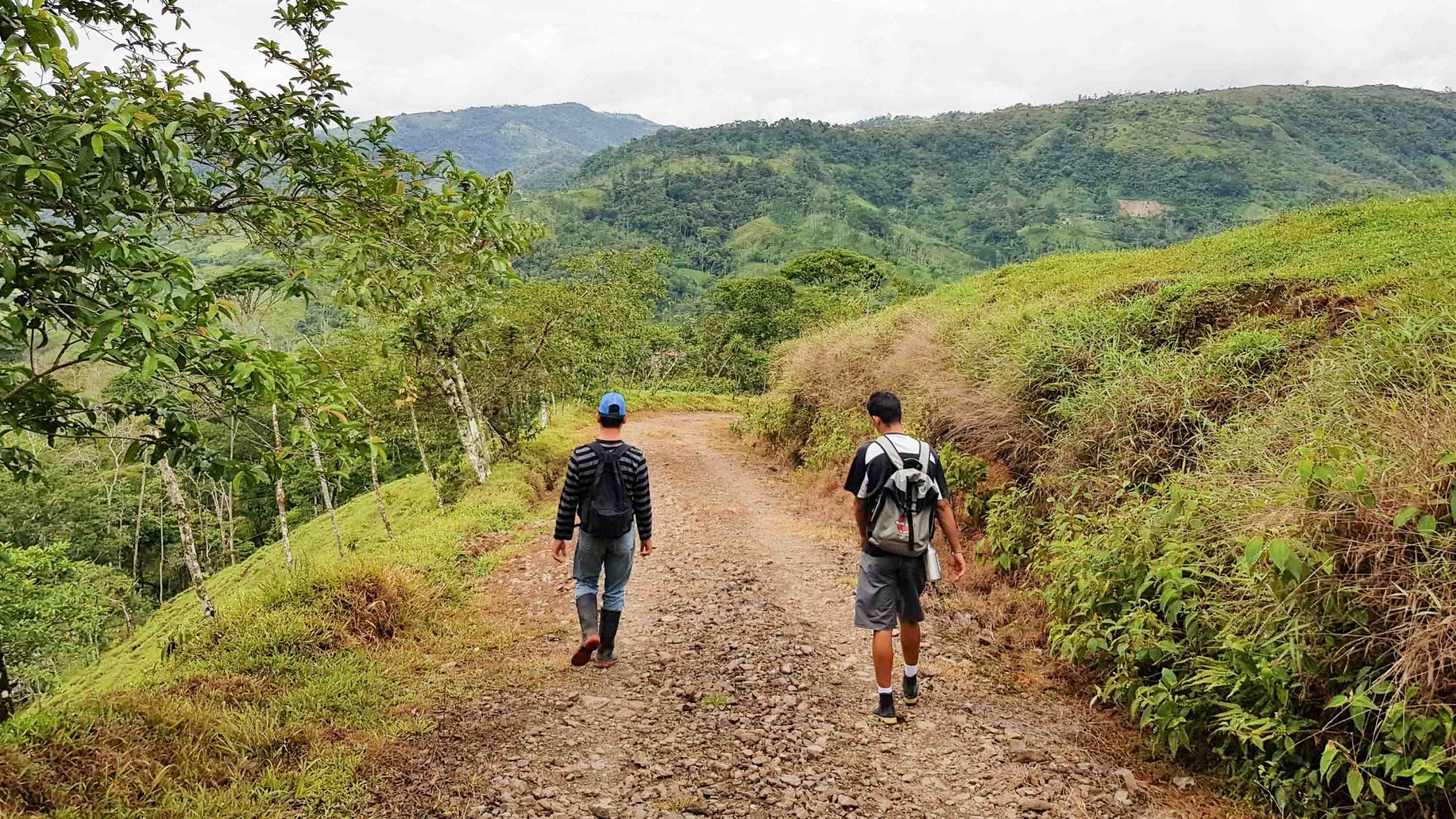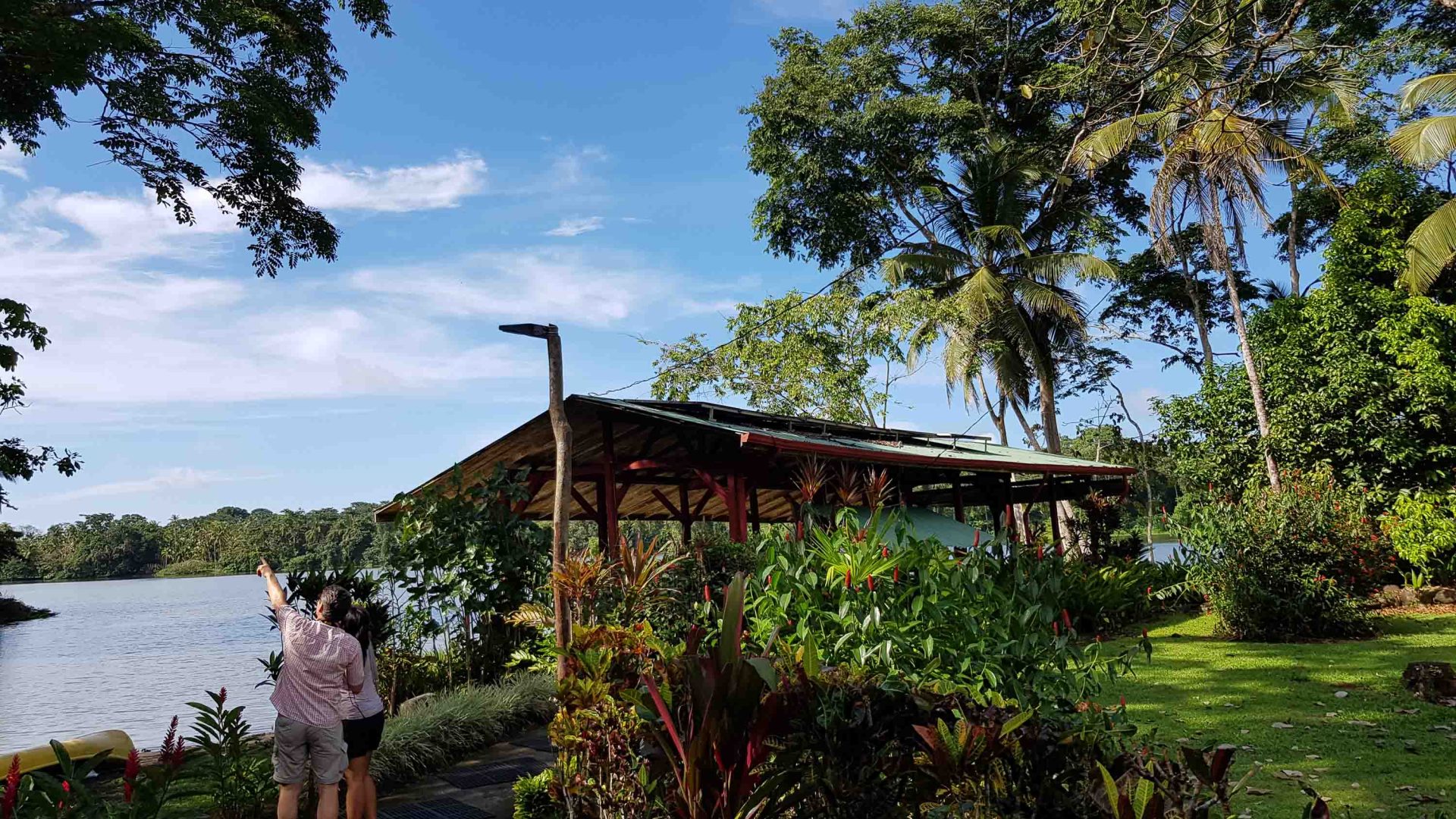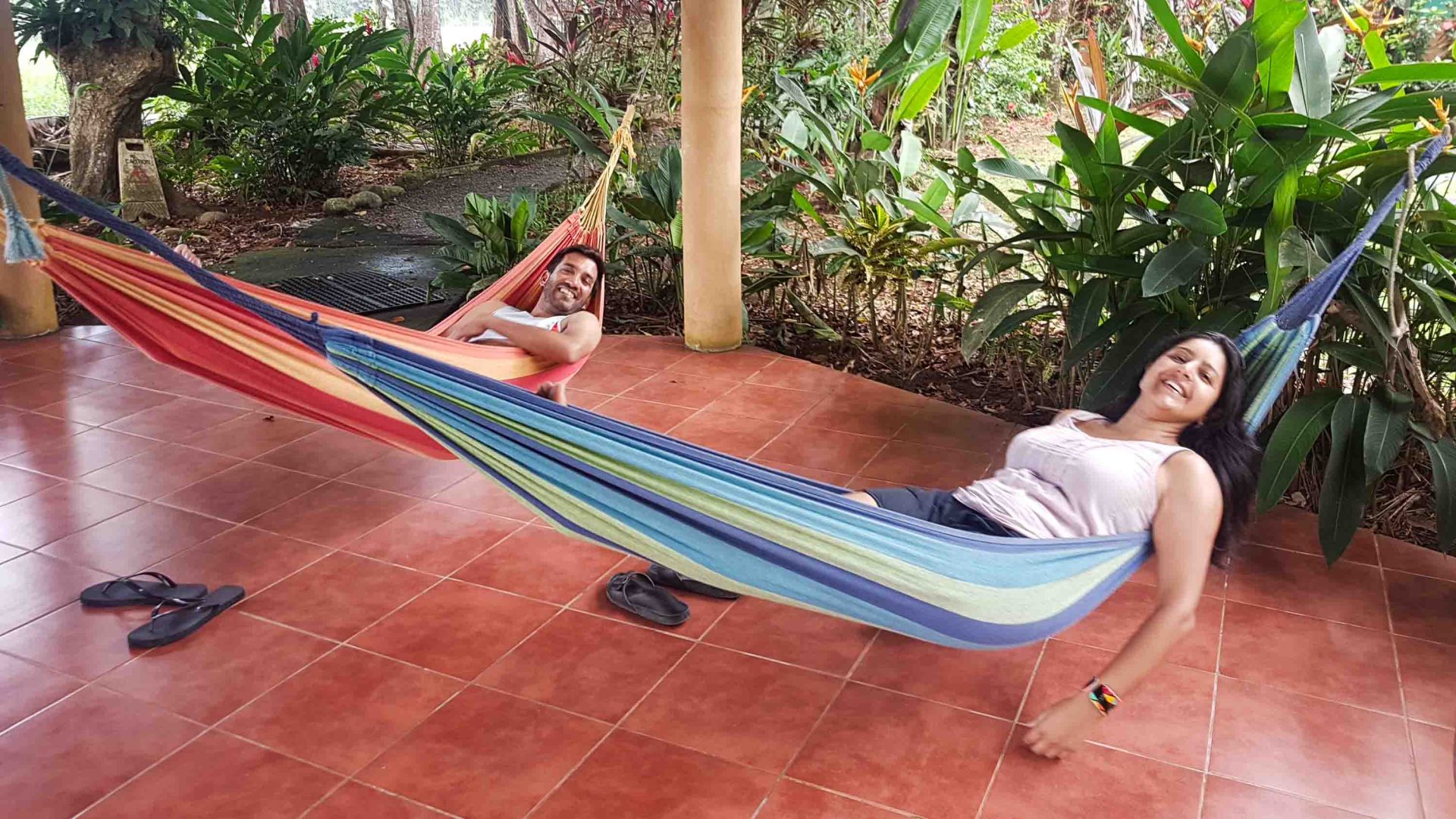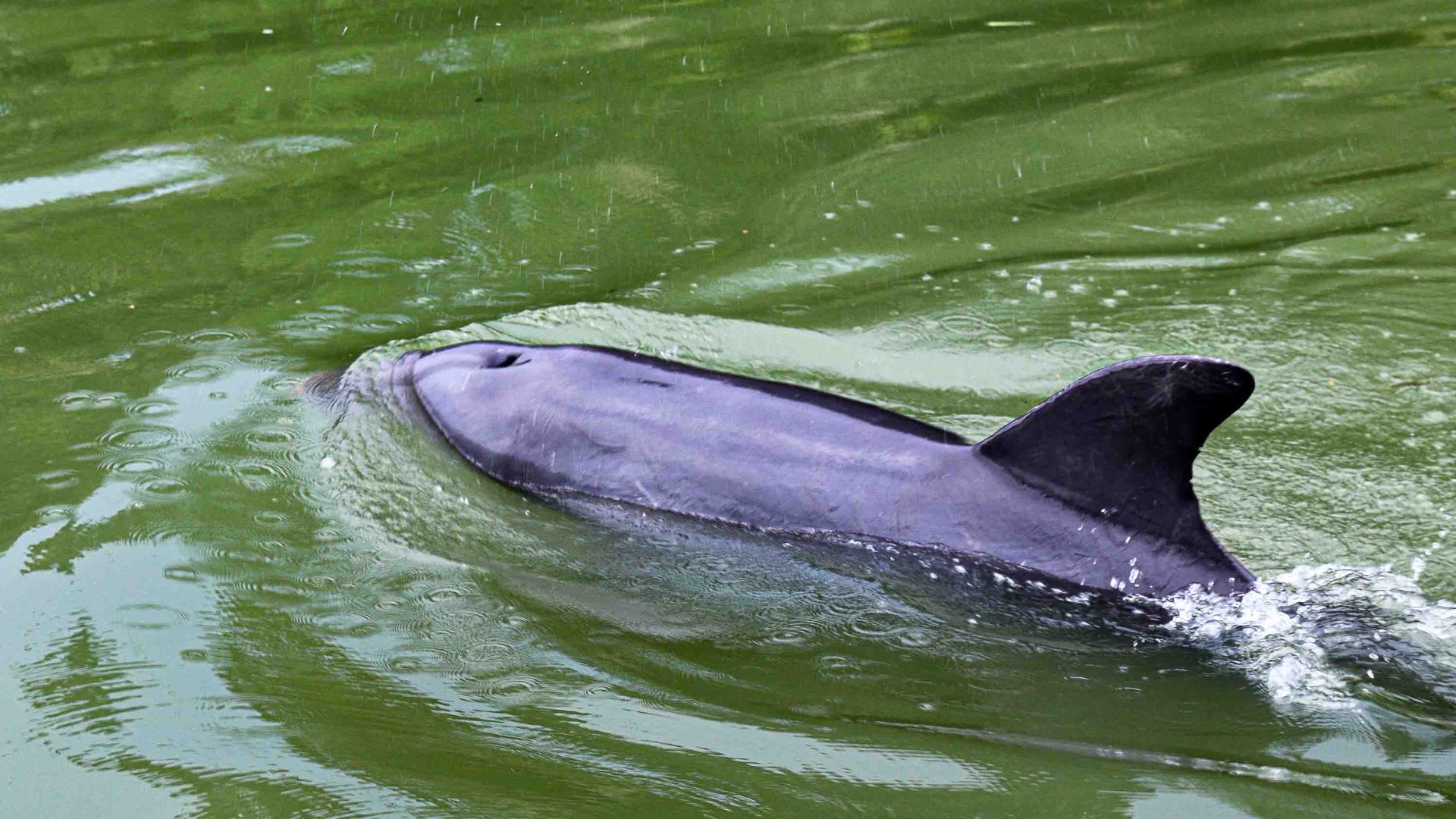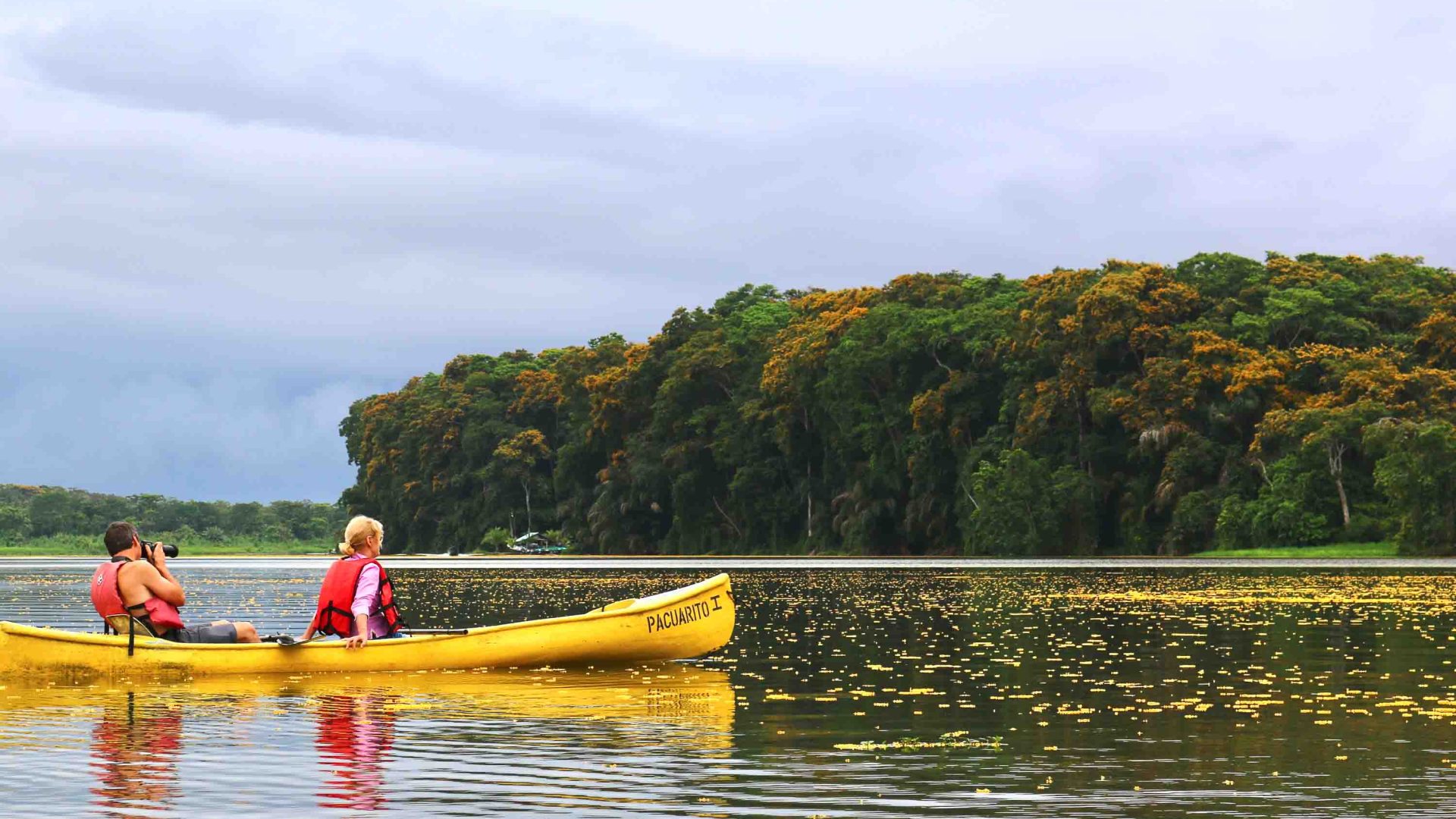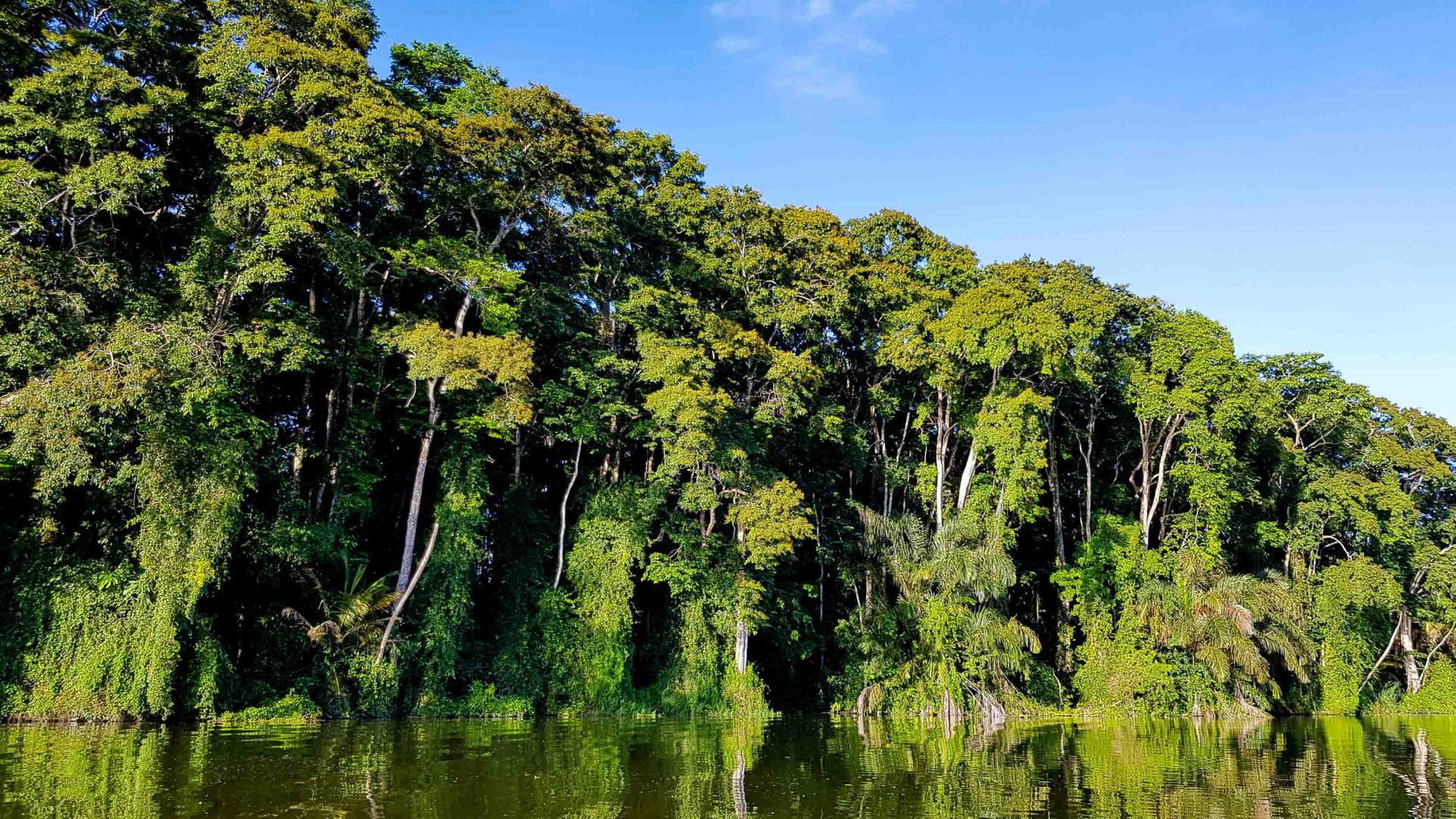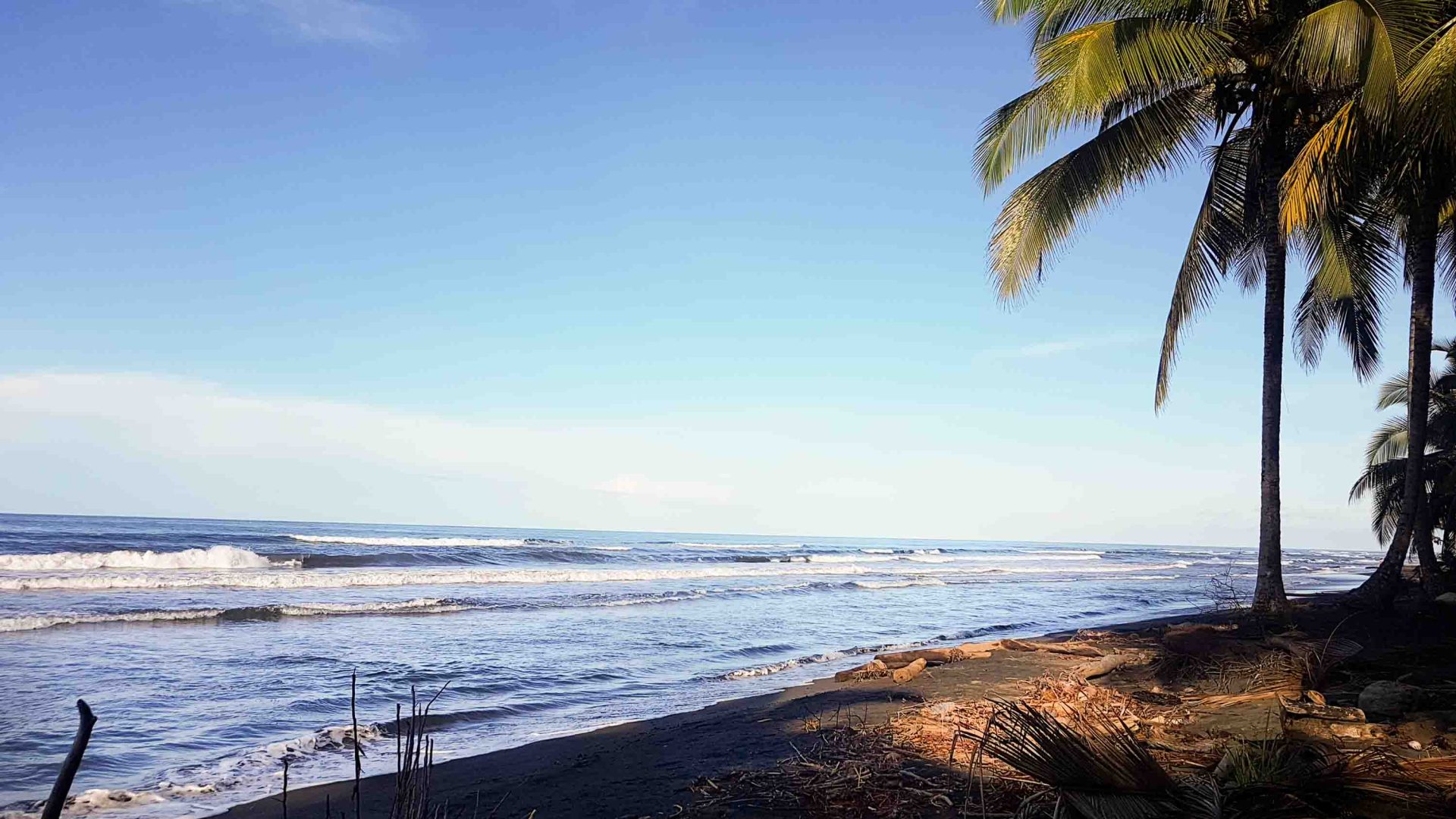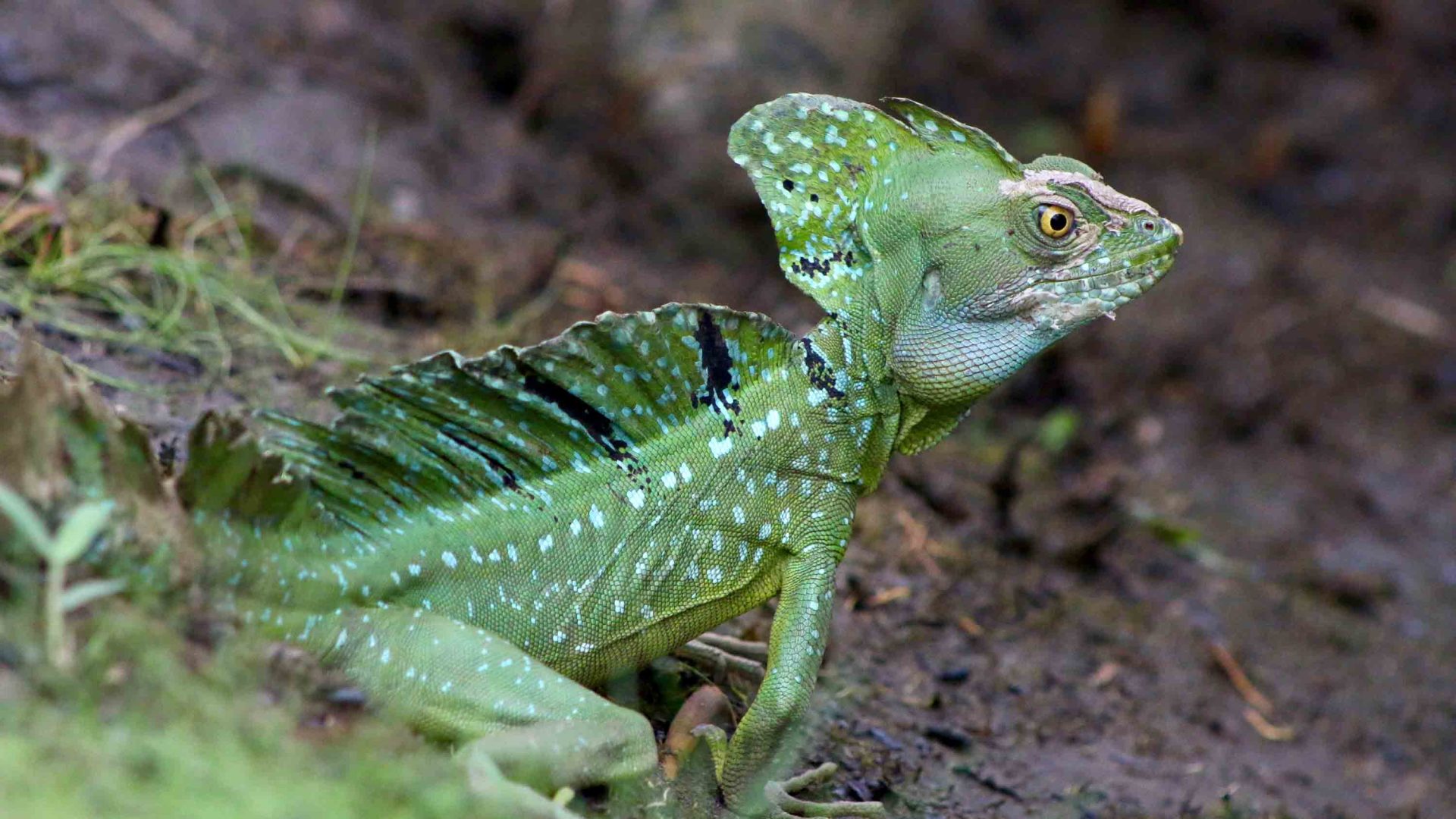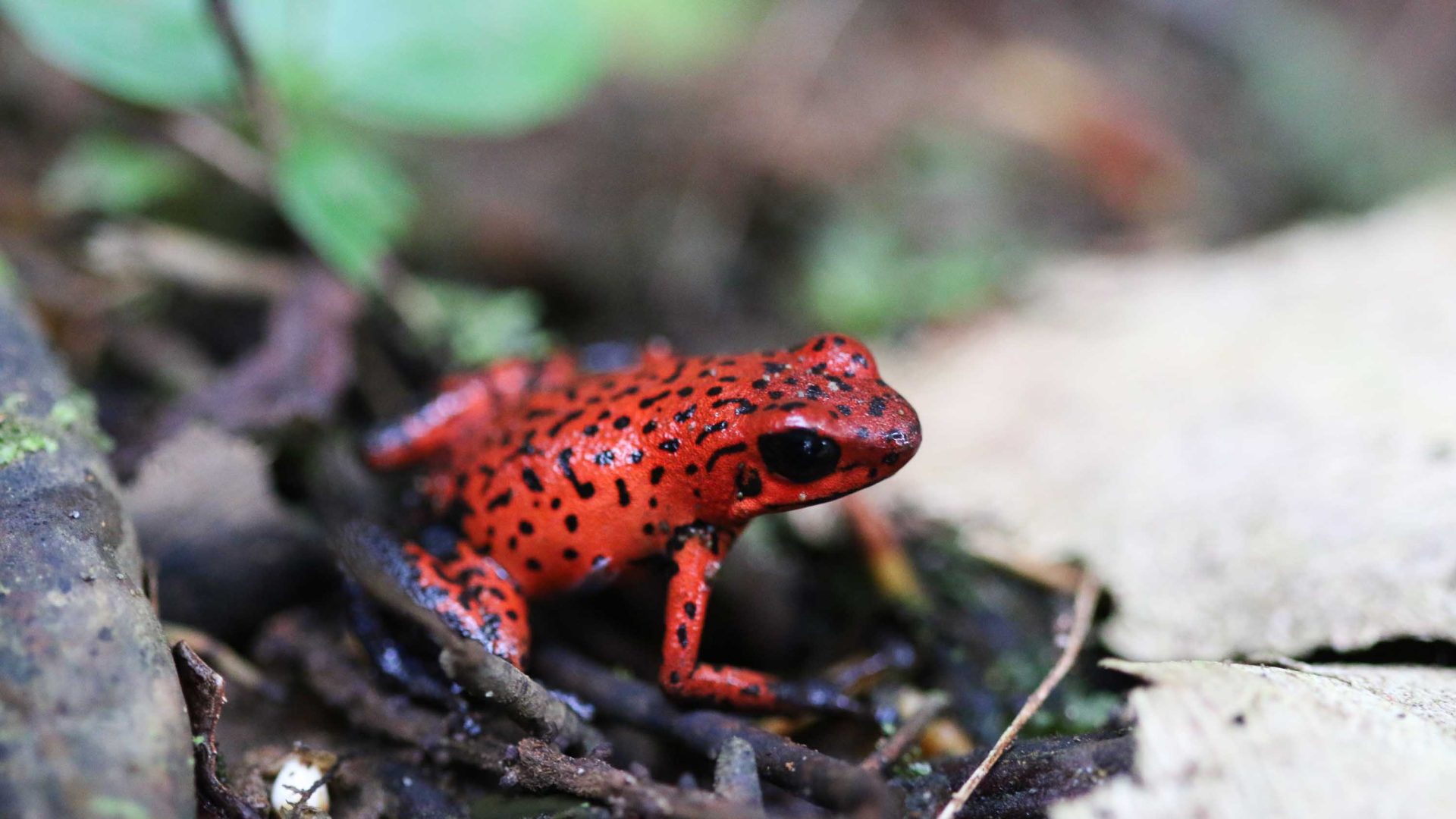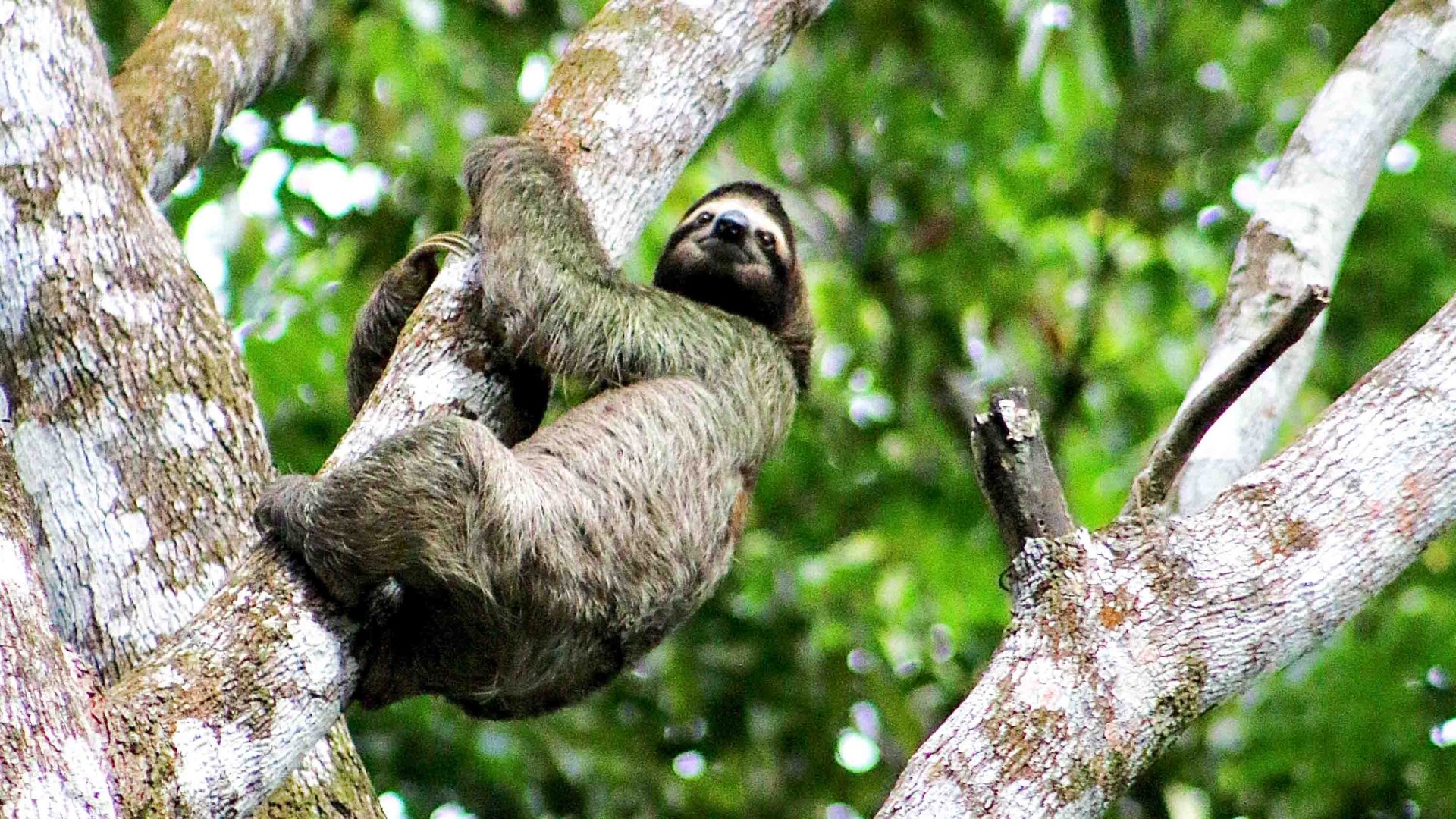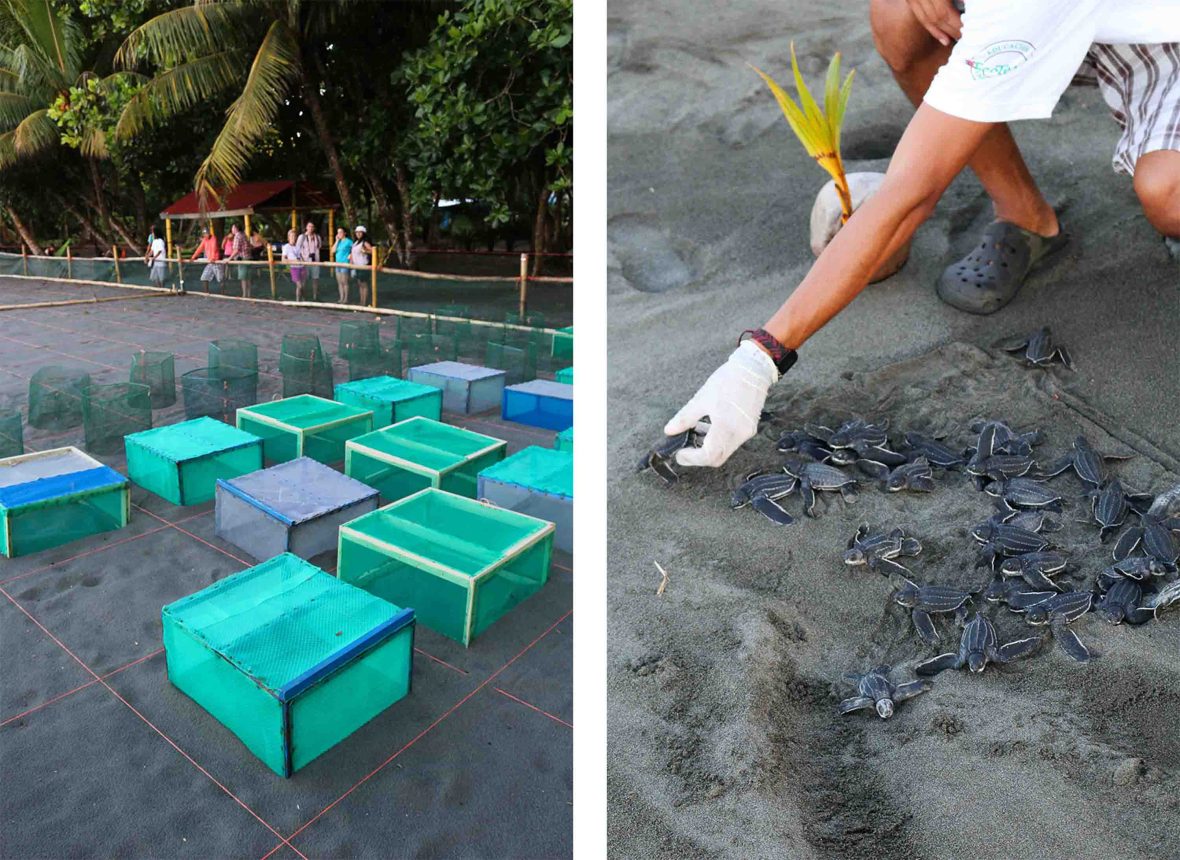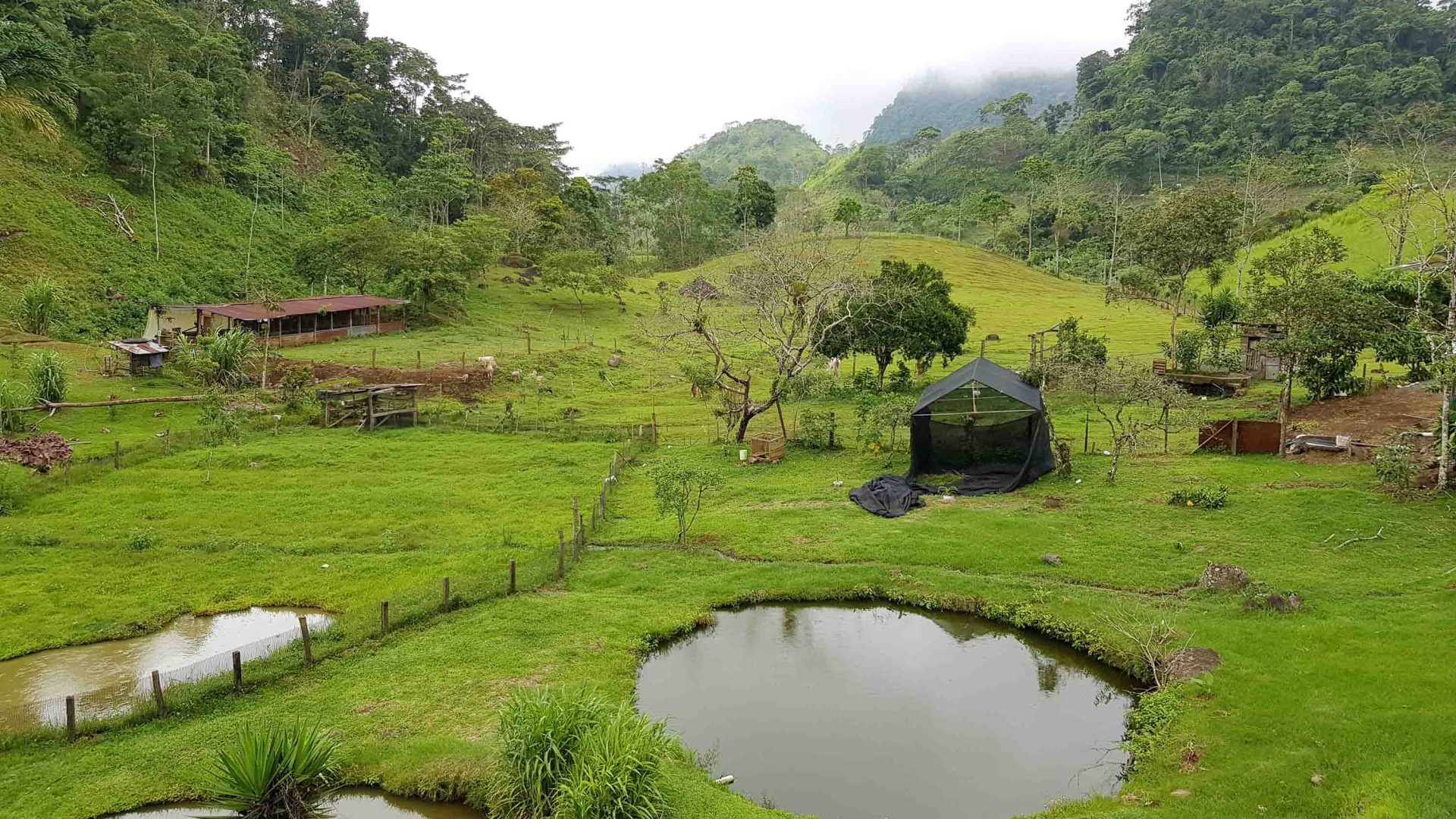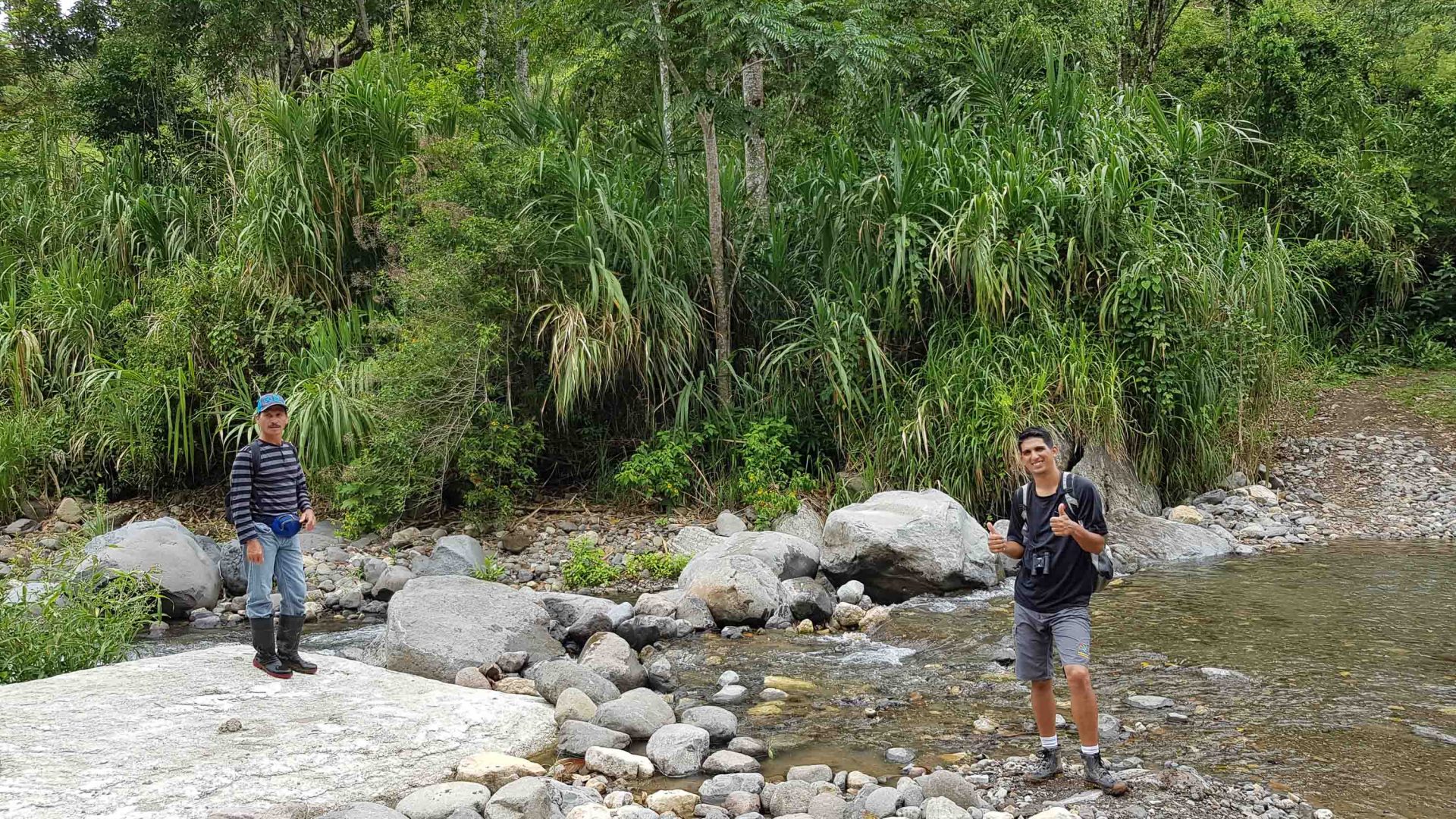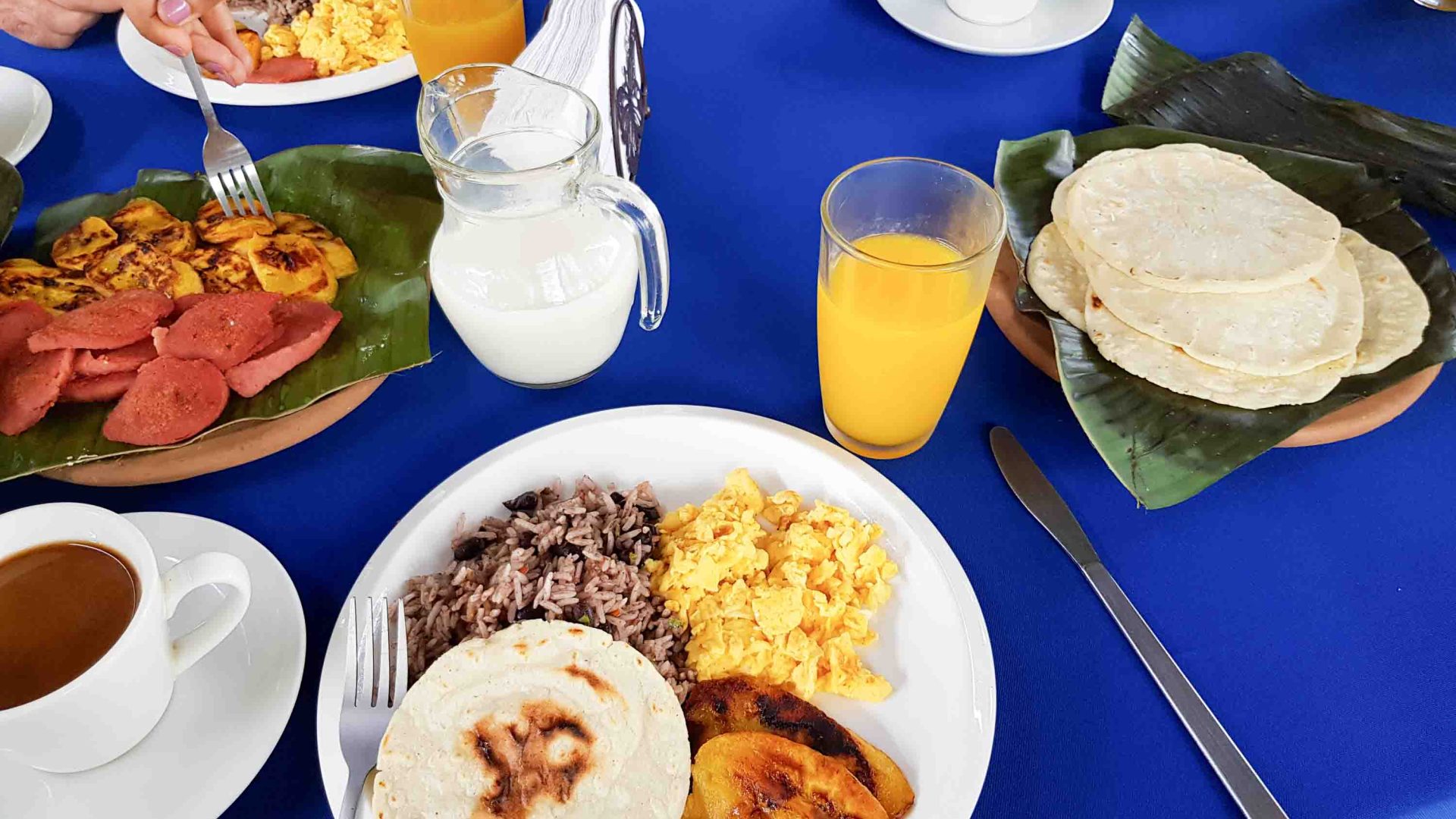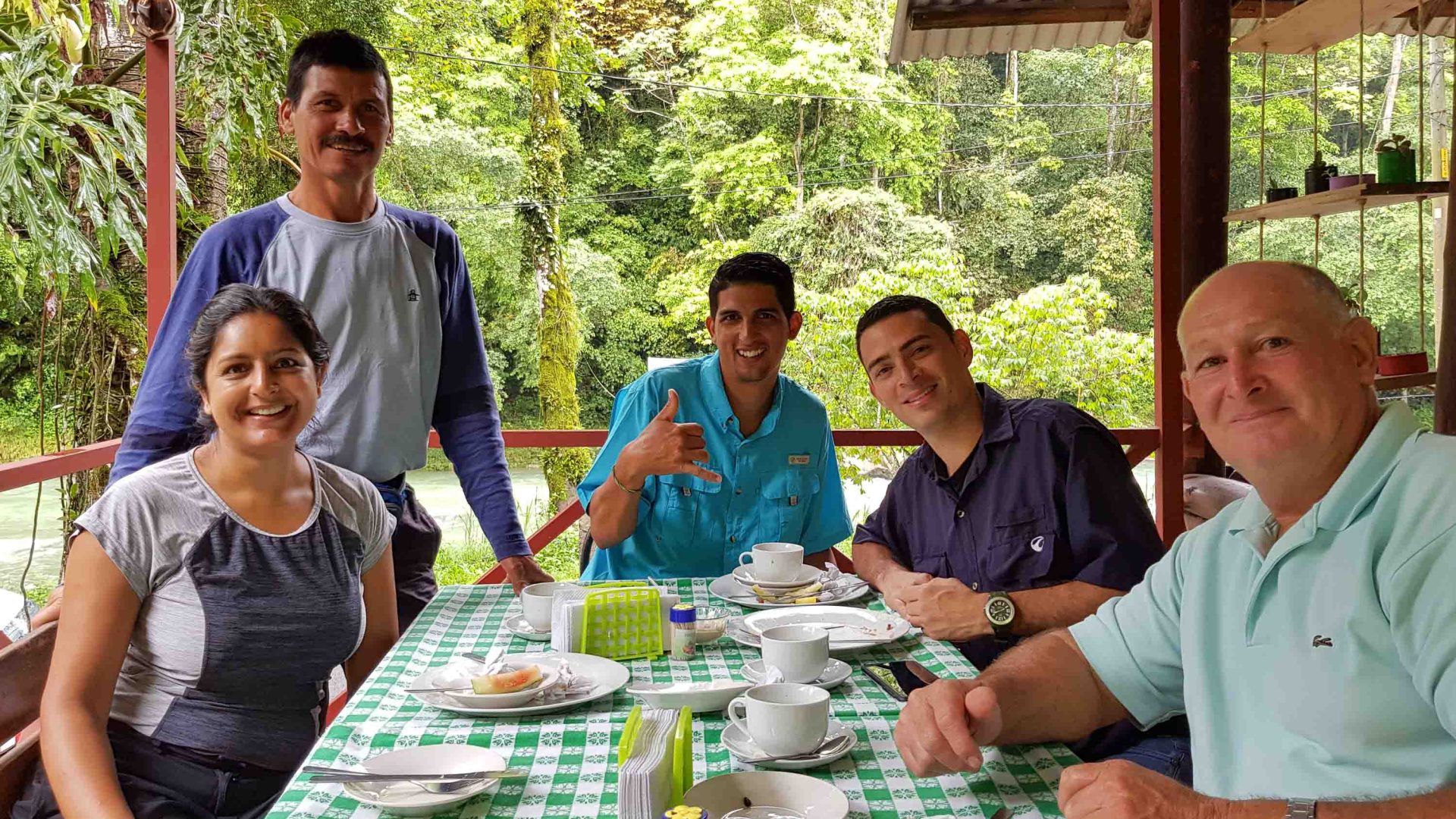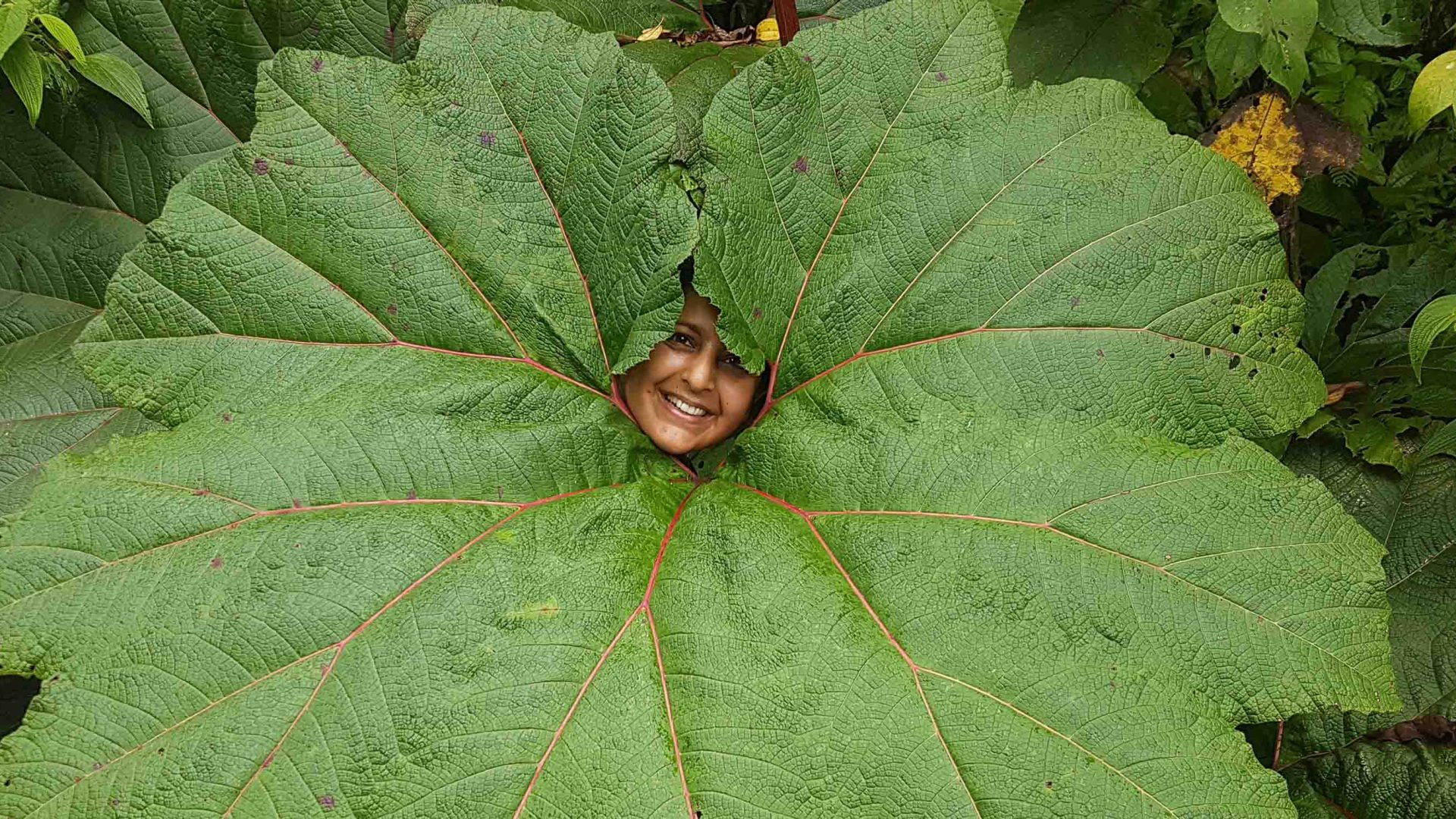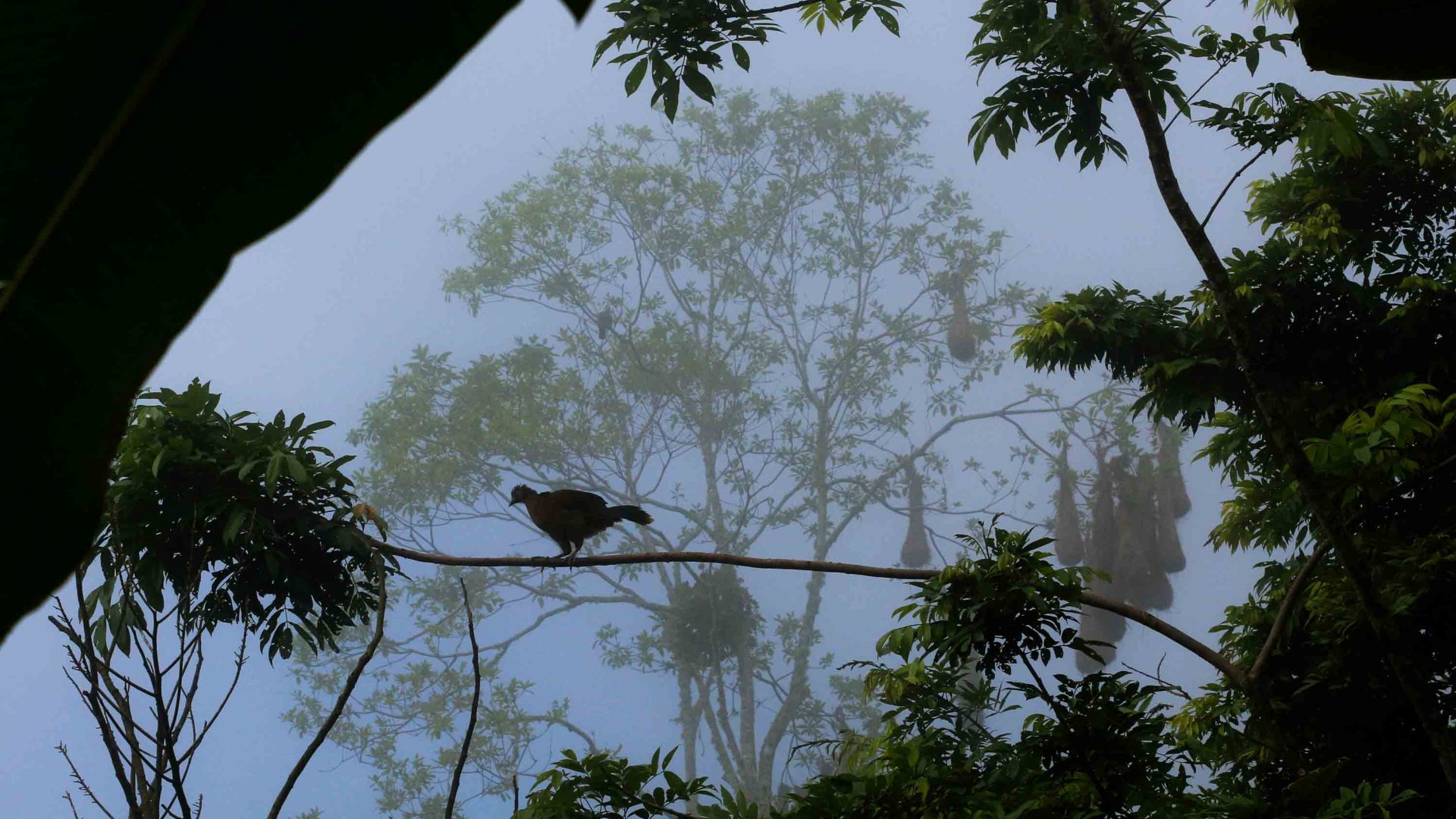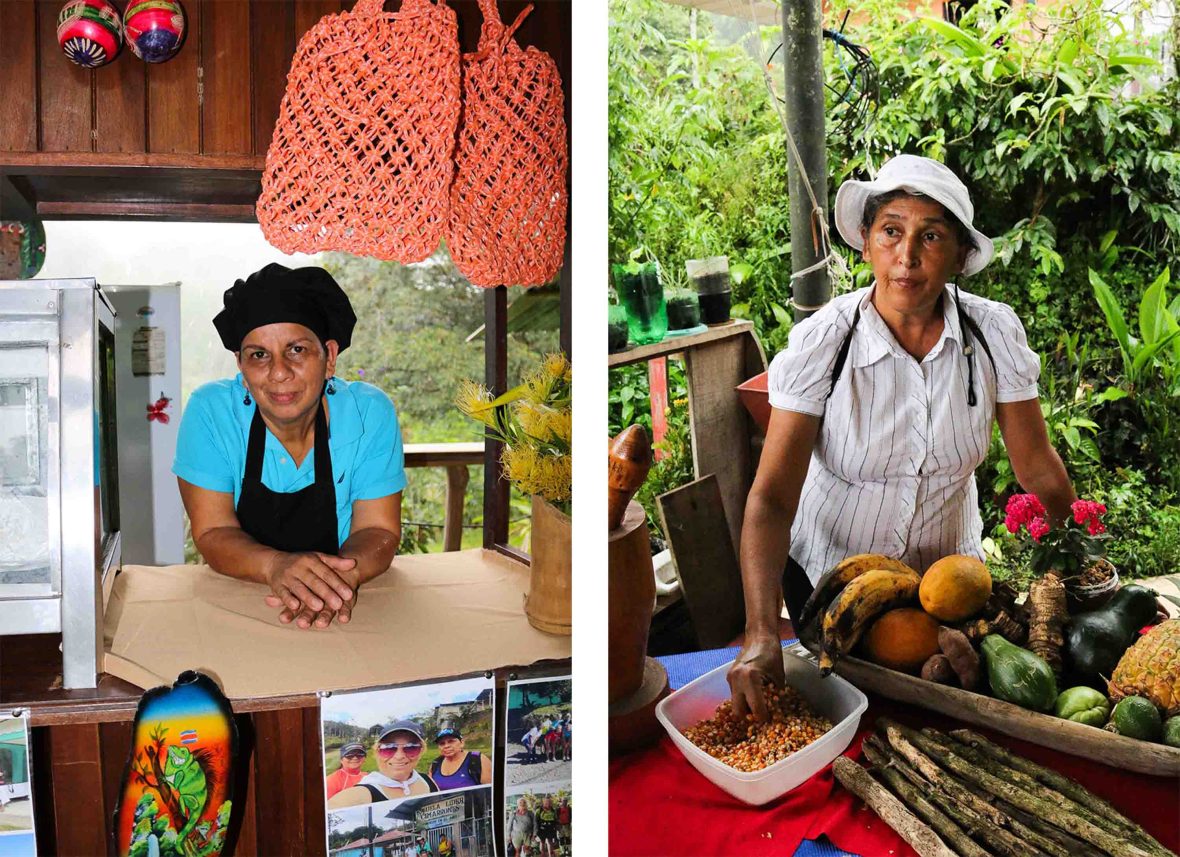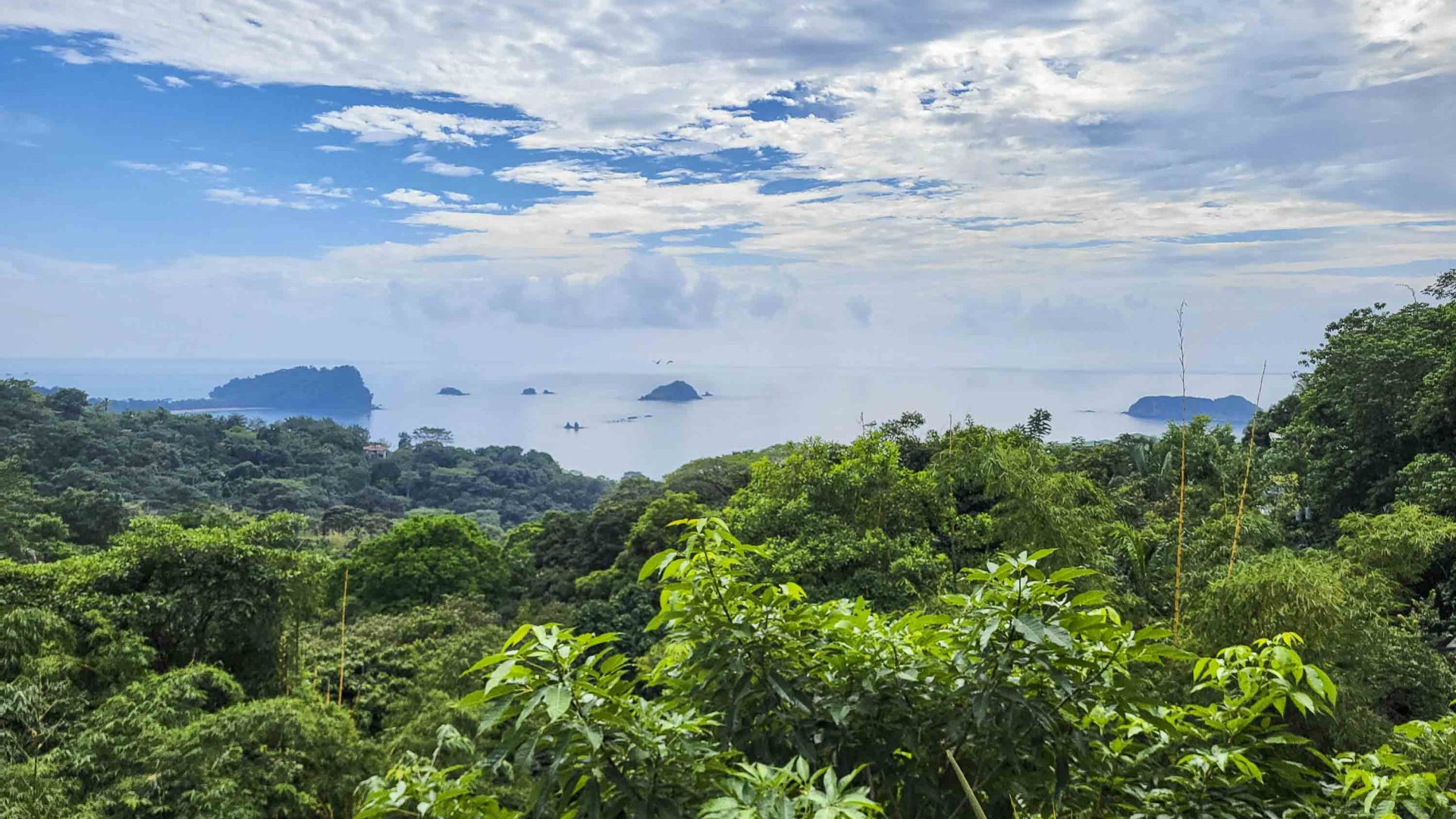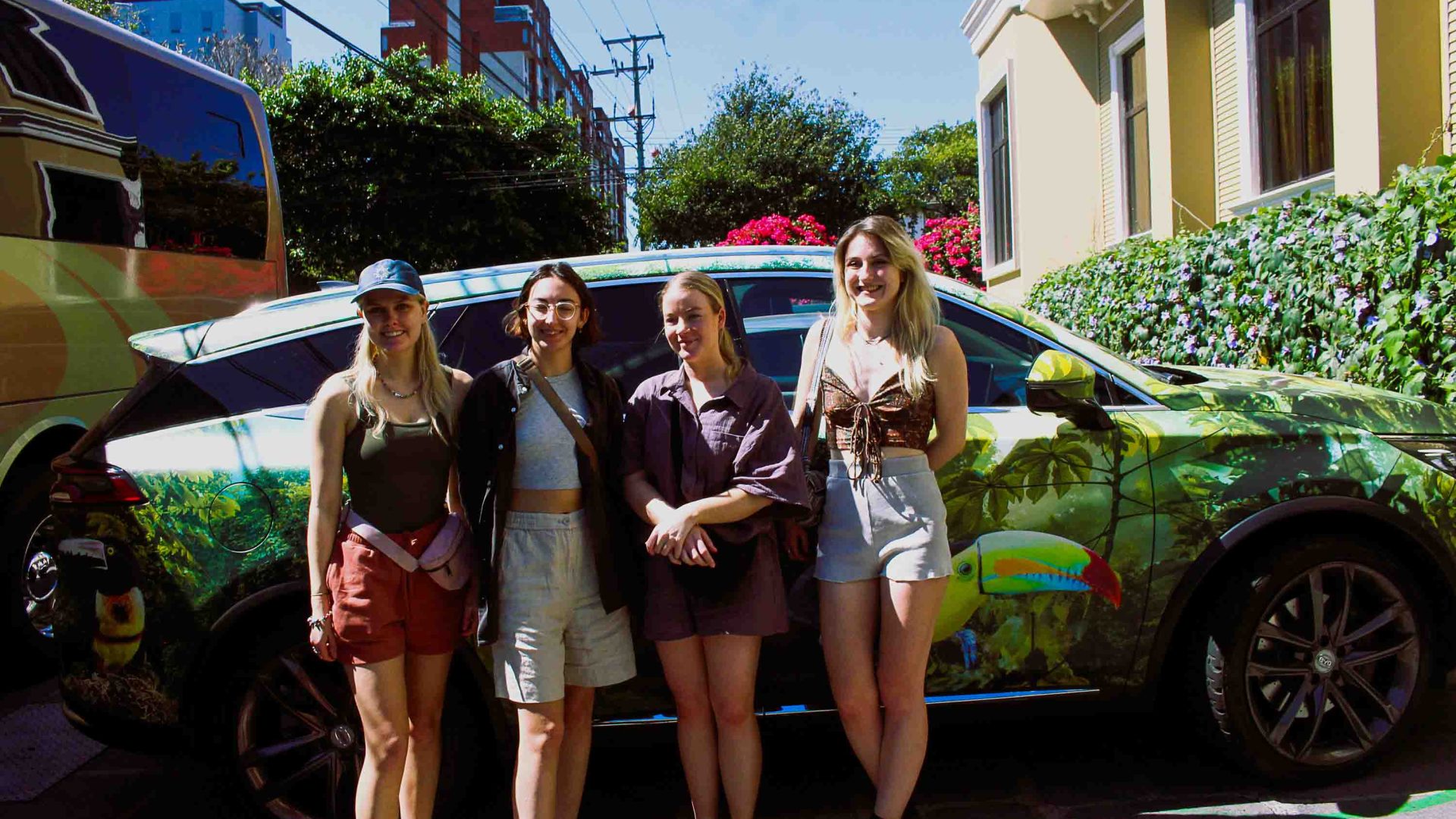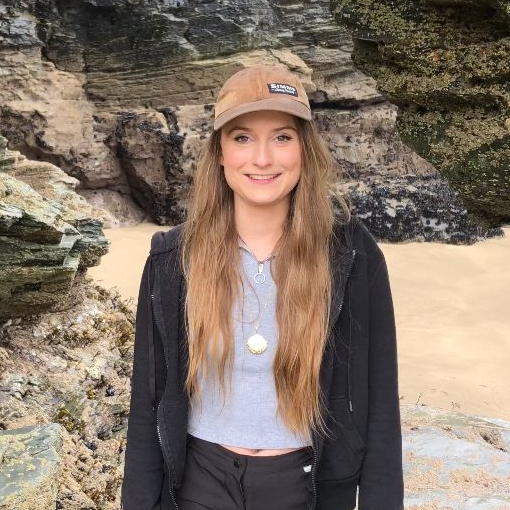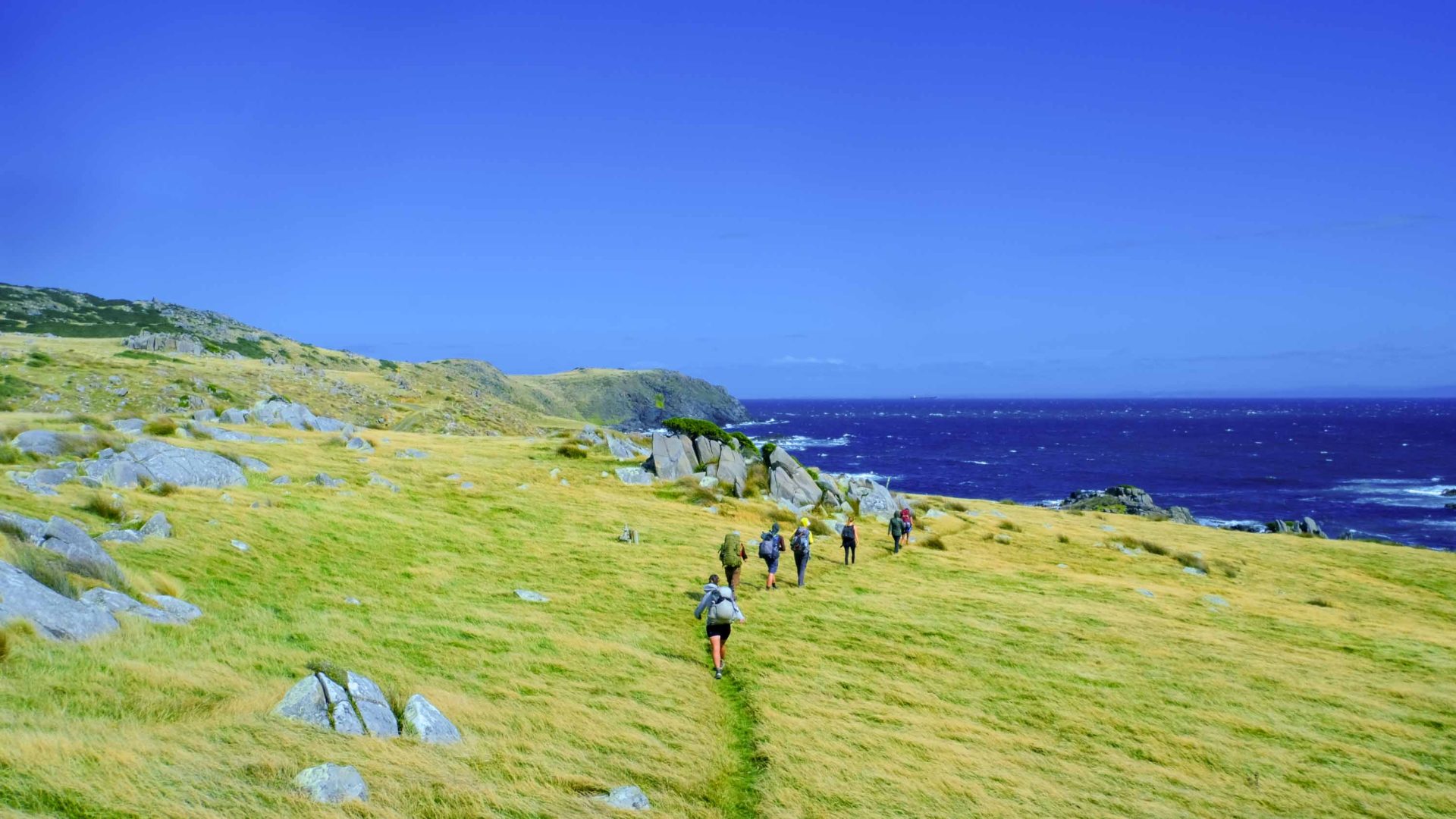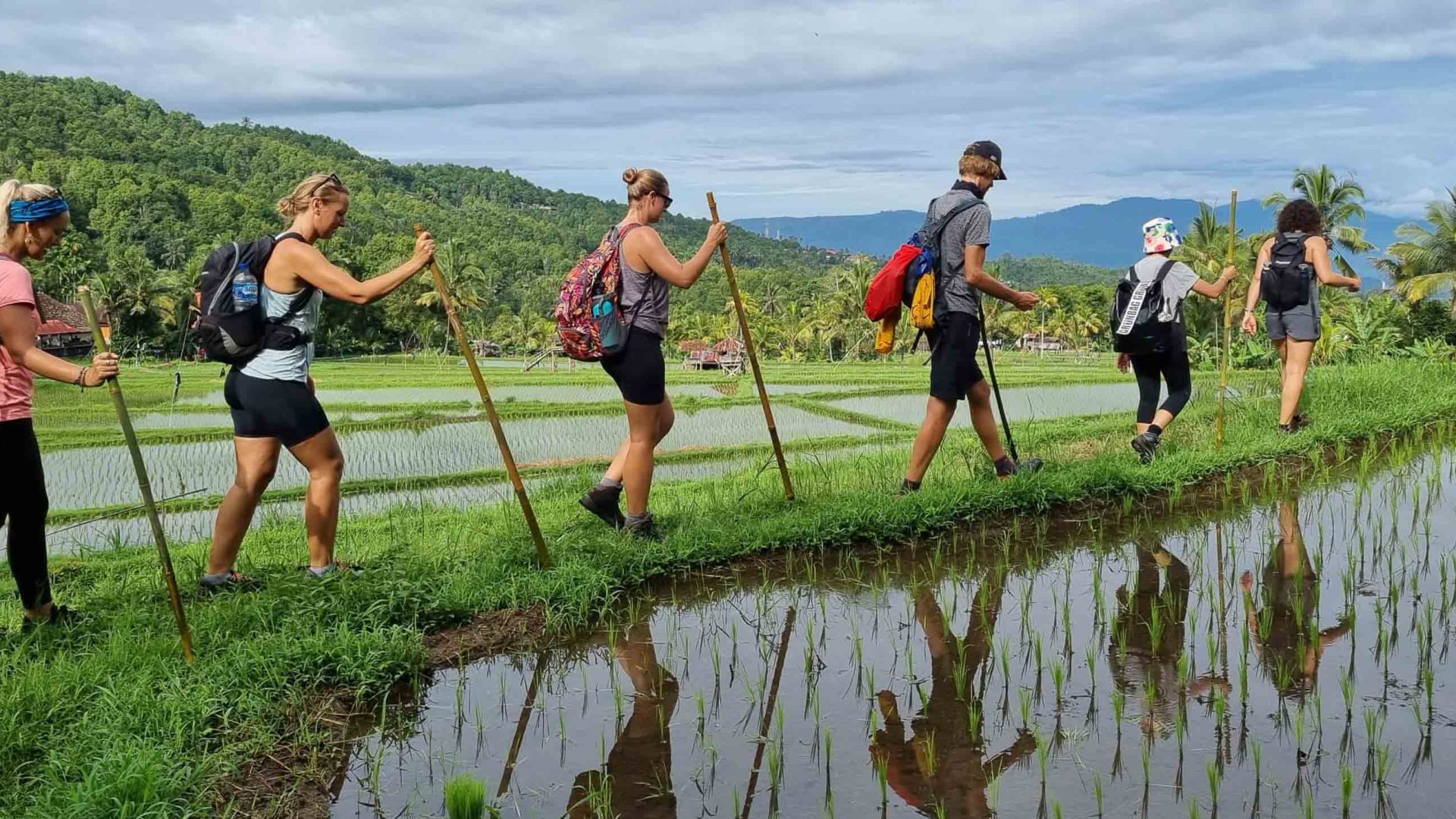“Oro-lo-lo-lo!” The sweet, undulating lilt of the Montezuma oropendola bird is swiftly followed by the monster-like growls of the howler monkeys. If sleep is on your itinerary, bad luck; these two species do not synchronize their dawn chorus.
But the morning mayhem is worth it to wake up at Lirio Lodge by Pacuare Reserve, a remote, road-free, quasi-island rainforest on Costa Rica’s Caribbean coast. South of the better-known turtle haven of Tortuguero National Park, it’s also our first stop on this section of the Camino de Costa Rica.
For 30 years, since British man John Denham created the Endangered Wildlife Trust and bought a piece of land in 1989, the 1,000-hectare Pacuare Reserve has been protecting its natural bounty (270 wildlife species of which 200 are birds, including the rare Agami Heron) through wildlife monitoring and reforestation, against the scourges of logging, plastic, climate change—and, to a lesser degree now, poaching and littering. Pacuare is also a sanctuary for nesting leatherback, green and hawksbill turtles, monitored by two wildlife stations.
Only accessible by boat from Barra del Pacuare village in one of the most pristine sections of the Tortuguero canals, a couple of dolphins join us for our transfer to Pacuare. “A lucky sign,” says our guide Carlos Perelo. Lirio Lodge, across the water from the reserve and on its own island of sorts, is all wooden bungalows, tropical gardens, hammocks, riverside dining deck amid jungle vegetation hiding basilisk lizards, butterflies and birds.
No wifi, no mobile reception, no electricity, no problem: This is off-grid, solar-powered, Instagram-free heaven.
